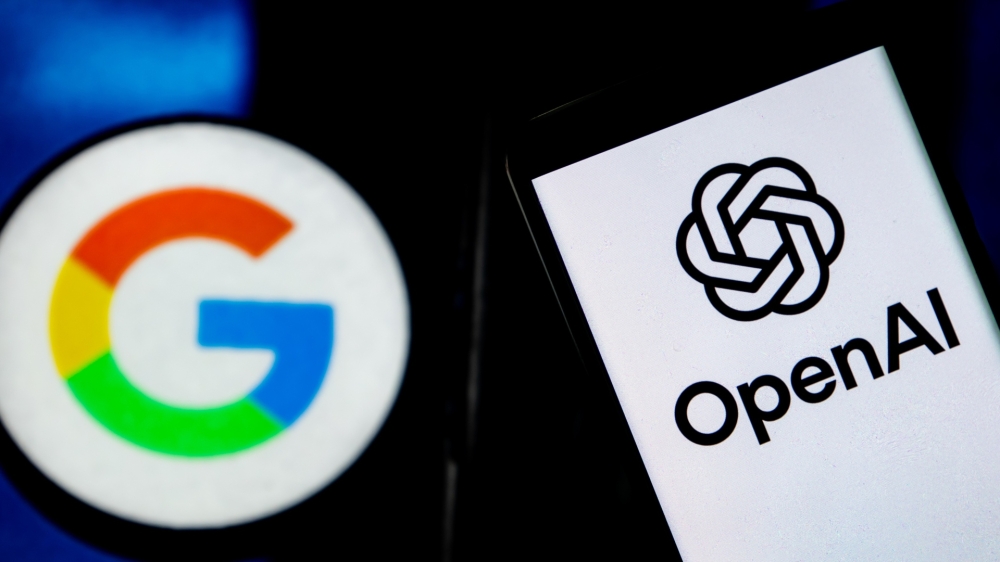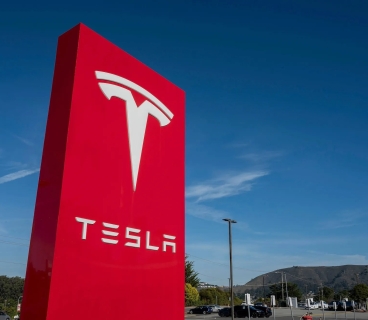OpenAI will begin using Google Cloud services, owned by tech giant Alphabet, to meet the growing computing demands of its artificial intelligence models. According to three sources who spoke to Reuters, this marks a rare and unexpected collaboration between two major competitors in the AI sector.
The deal, finalized in May, is a significant move by OpenAI to reduce its reliance on Microsoft, its primary partner to date. Currently, OpenAI is also collaborating with Oracle, SoftBank, and CoreWeave for high-capacity computing power and is preparing to finalize the design of its first in-house chip this year.
This agreement is considered a major win for Google Cloud. Google has started offering its Tensor Processing Units (TPUs)—once reserved for internal use—to external customers. These powerful chips have enabled Google to add major tech firms like Apple, Anthropic, and Safe Superintelligence to its client portfolio.
According to Reuters, OpenAI and Google held discussions for several months, but a previous exclusivity agreement with Microsoft delayed the deal. Now that OpenAI is leveraging Google’s resources, the agreement is seen as a significant technical and reputational gain for Google.
This move shifts the competitive dynamics between the tech giants in the AI space. OpenAI’s ChatGPT continues to pose a serious challenge to Google’s dominance in the search market. Nonetheless, both companies appear to be prioritizing cooperation over competition in order to meet growing infrastructure needs.
Scotiabank analysts described the deal as "somewhat surprising," noting that it opens new opportunities for Google Cloud while also highlighting the increasing threat that ChatGPT poses to Google’s market share in search.
Following the announcement, Alphabet's stock rose by 2.1%, while Microsoft’s fell by 0.6%. Market analysts attributed these fluctuations to the ongoing power struggle in the AI sector.
The collaboration between OpenAI and Google illustrates how the rapid advancement of AI technology is now being shaped not only by rivalry but also by strategic cooperation. This step may mark the beginning of a new phase in the tech industry — one defined by resource sharing and combined capabilities.







